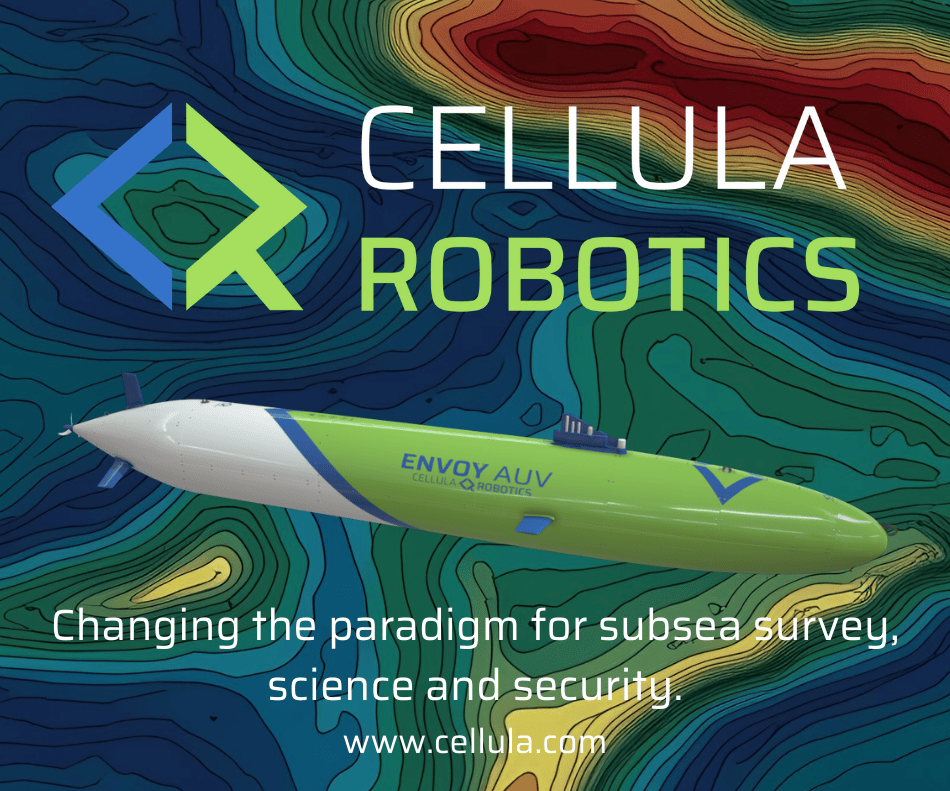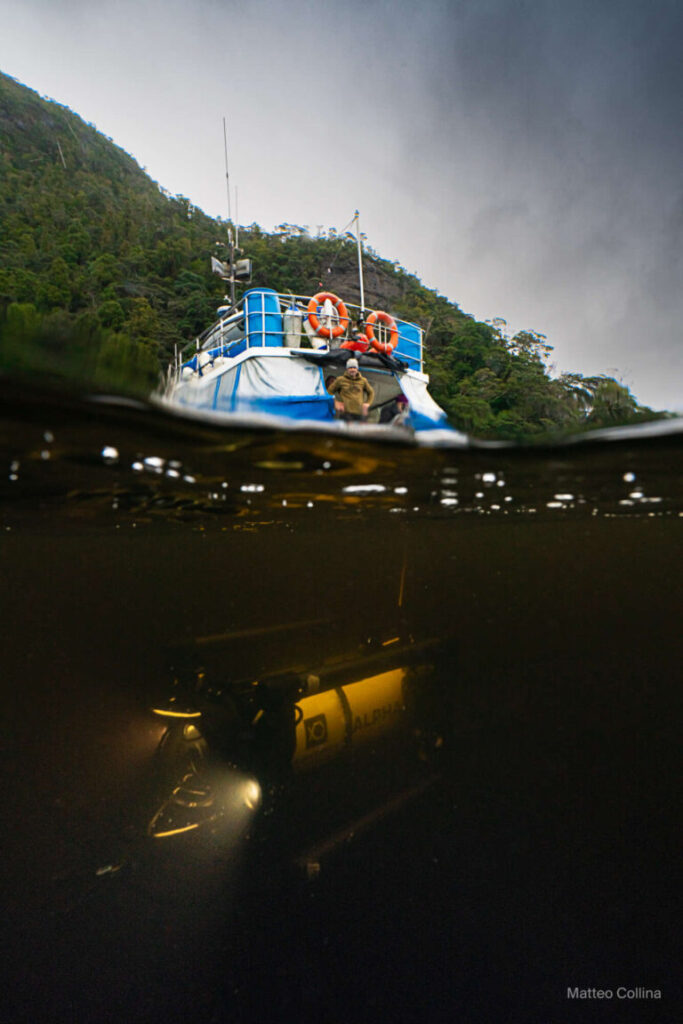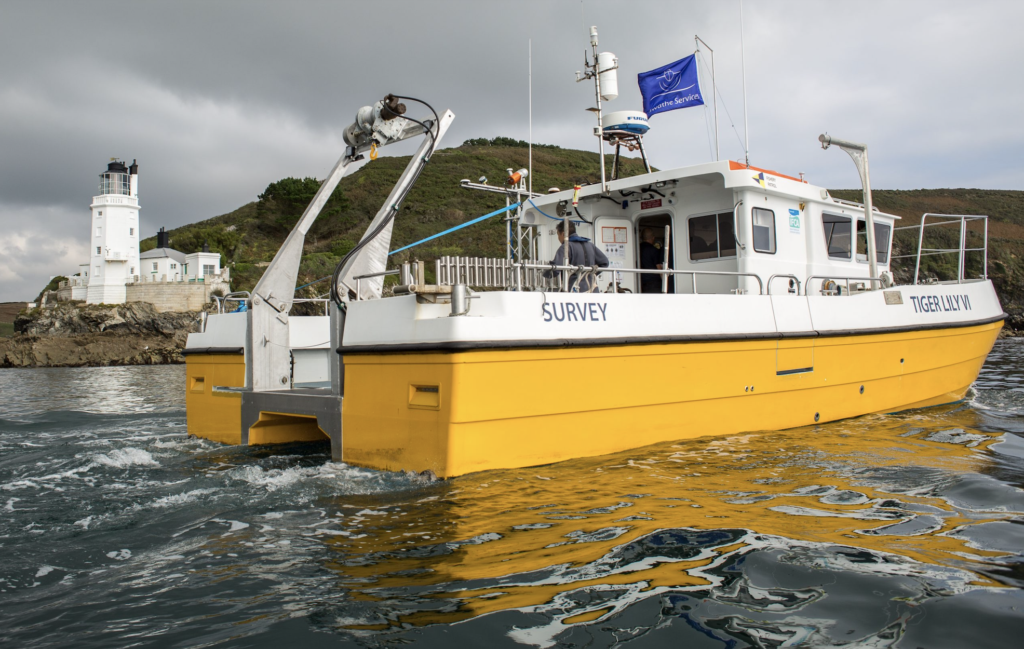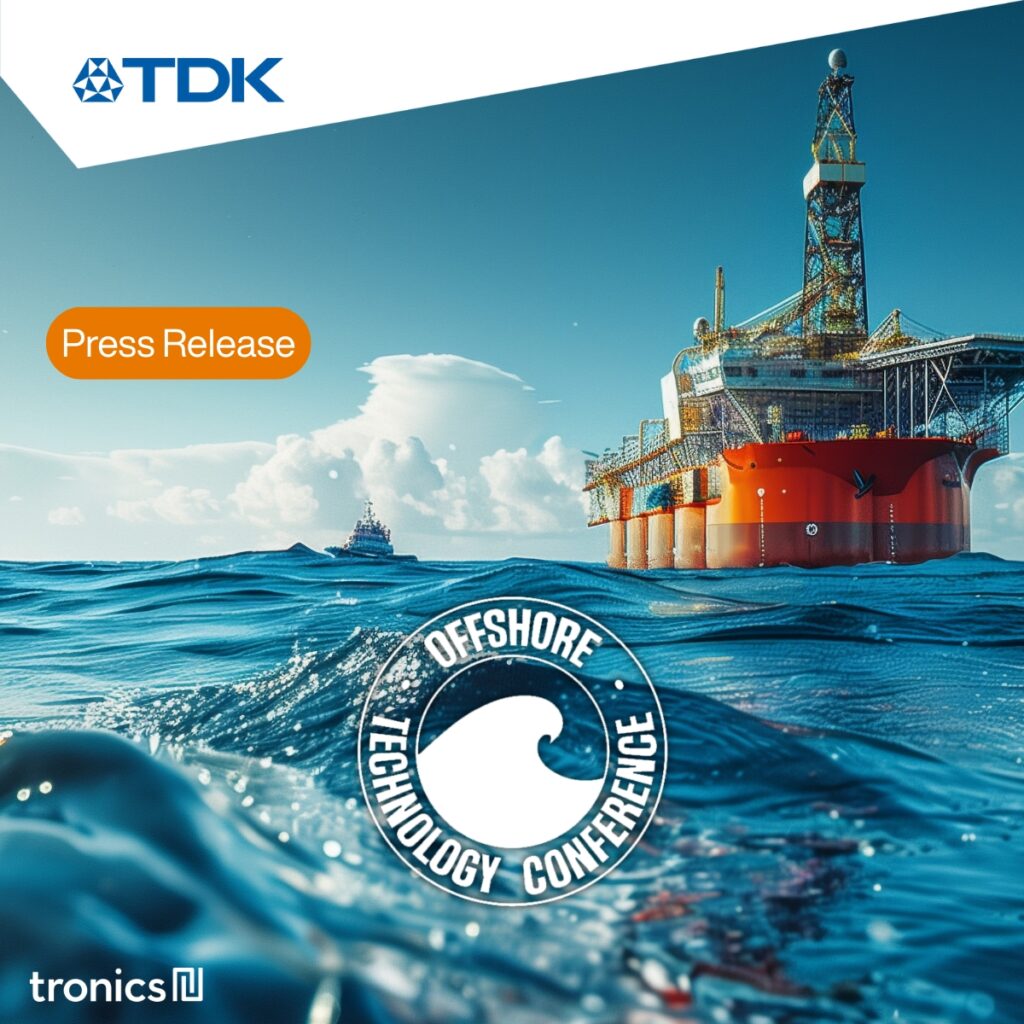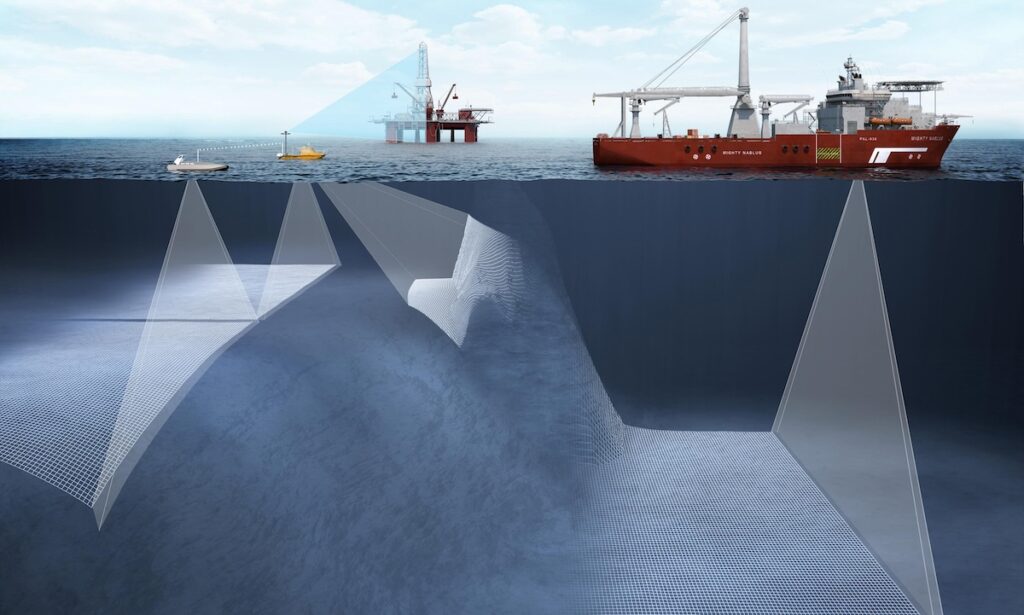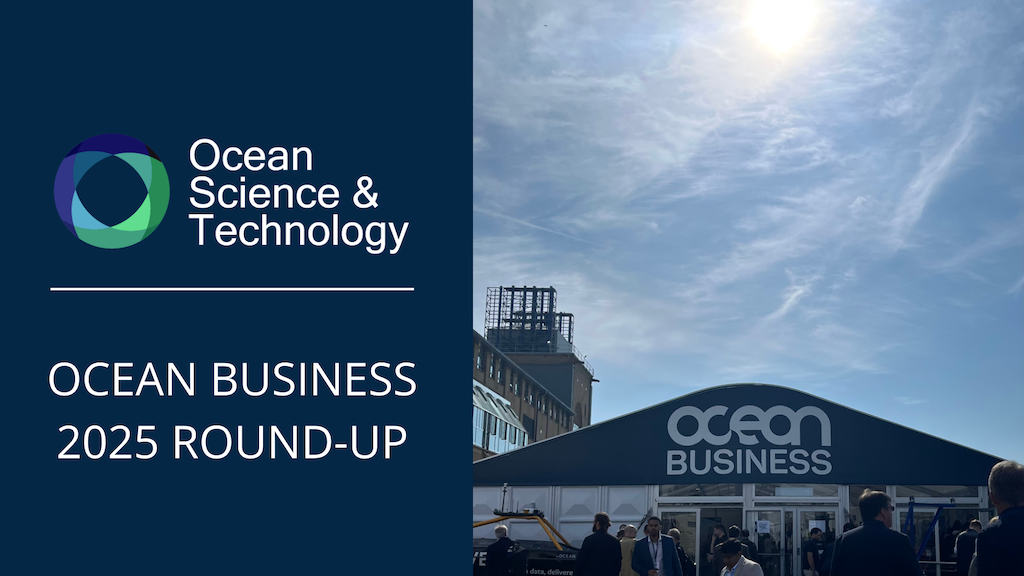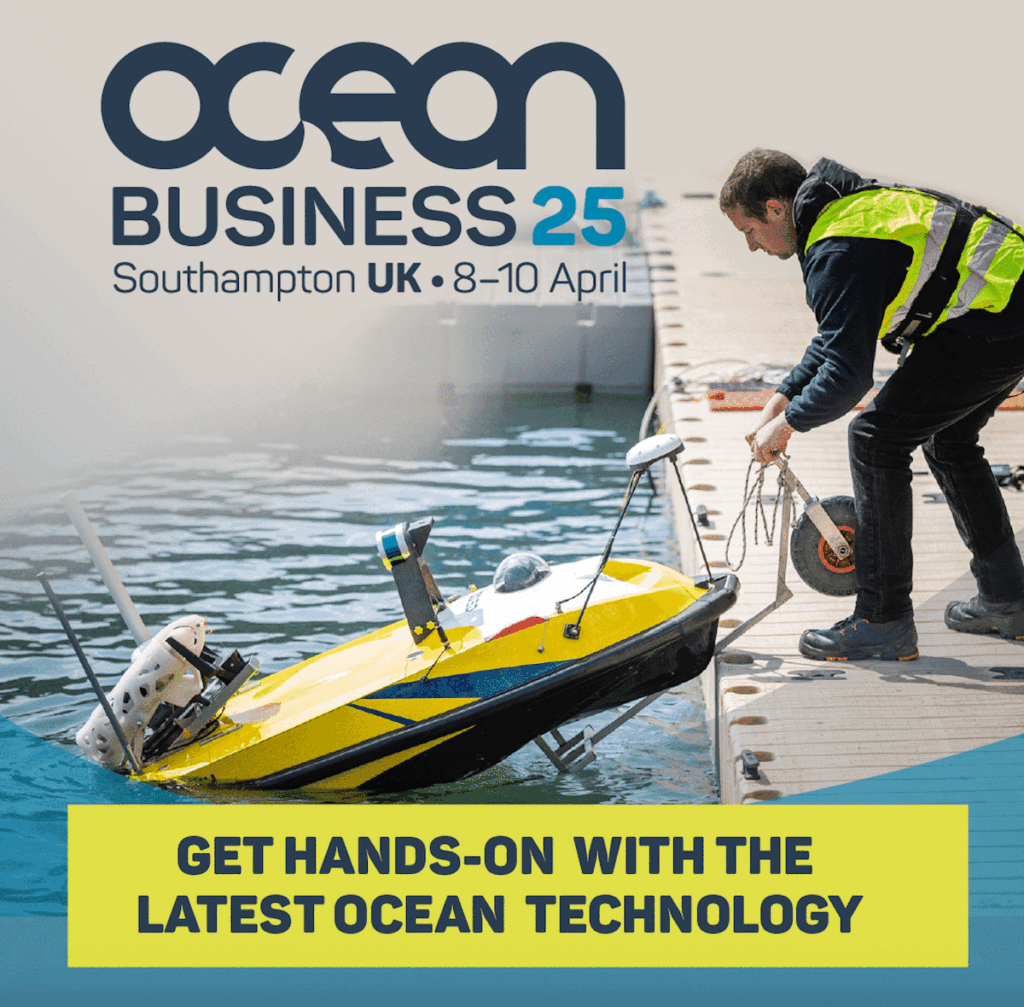
Connect with Leading Marine Technology Innovators
Discover cutting-edge solutions from leading global suppliers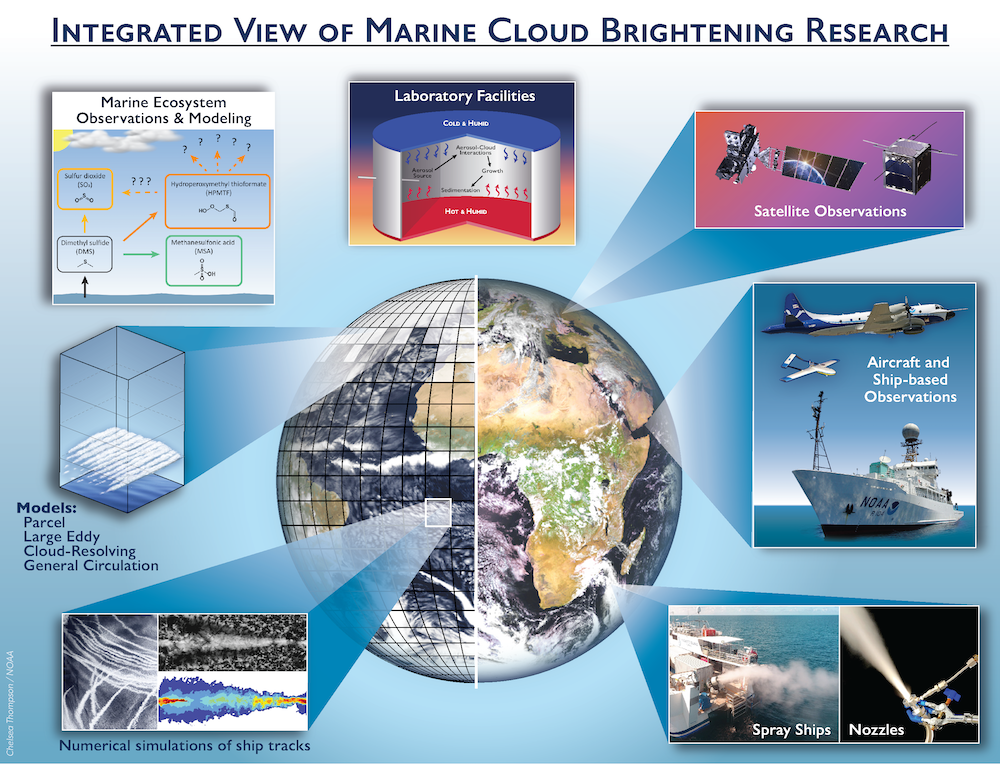
A group of 31 leading atmospheric scientists have offered a consensus physical science research roadmap to build the knowledge base needed to evaluate the viability of MCB approaches.
Their roadmap is described in a new paper published in the journal Science Advances.
As the levels of greenhouse gases in the atmosphere continue to increase and climate change impacts become more costly, the scientific community is redoubling efforts to investigate the potential risks and benefits of artificially shading Earth’s surface to slow global warming.
Marine cloud brightening (MCB) is one of two primary solar radiation modification methods being proposed to offset the worst effects of global warming while decarbonization advances.
MCB proposals involve the injection of salt spray into shallow marine clouds to brighten them, increasing their reflection of sunlight and reducing the amount of heat absorbed by the water below.
Lead author Graham Feingold, a researcher with NOAA’s Chemical Sciences Laboratory, said; “Interest in MCB is growing, but policymakers currently don’t have the information they need to reach decisions about if and when MCB should be deployed.
“The question is whether we can design a MCB research program using our current modeling and observational tools to establish the feasibility of this approach on a global scale, and if not, what needs to be done to position ourselves to do so.”
Artificially shading the planet would do nothing to reduce the driver of climate change, human-caused greenhouse gas emissions, said co-author Lynn Russell, a climate scientist at the Scripps Institution of Oceanography at the University of California San Diego.
“The recent acceleration of impacts from global warming means that we need to consider non-ideal backup plans just to buy us enough time to reduce greenhouse gas emissions and existing burdens,” Russell said. “A research plan is essential before we can consider adopting MCB, and we need to simultaneously address the physical science questions and the human dimensions.”

Current MCB proposals rely on saltwater spray, which would mimic plumes of sulfur-rich emissions from ship stacks or volcanoes, to increase the aerosol concentration in the lower marine atmosphere. Ideally, droplets in the saltwater spray evaporate to produce fine particles that are carried up to the cloud layer by turbulent and convective air motions.
If MCB techniques could consistently influence clouds to reflect more sunlight back to space than similar clouds with a lower droplet concentration, then it has the potential to be an effective solar radiation modification technique, at least at the local scale, scientists say. This in turn could produce some cooling at a local scale.
The study proposes a substantial and targeted program of MCB research that includes laboratory studies, field experiments, and cloud modeling. As a result, new laboratory facilities are needed to address gaps in understanding aerosol and cloud microphysical processes, as few existing labs are capable of addressing these processes.
Long-running field experiments using a point source at an ocean-based location where the conditions are favorable, along with new observations and new modeling are needed to test salt-particle spraying technology. This would allow scientists to determine the degree to which sea spray emitted near the surface would reach the cloud base in a variety of conditions.
Researchers can take advantage of existing analogs to cloud-seeding experiments, such as natural volcanic emissions, biomass burning, exhaust plumes from individual ships or designated shipping lanes, urban point sources, and urban plumes.
In practical terms, researchers need to develop sufficient confidence that appropriately sized particles can be generated and delivered to the clouds, and once there, act to form cloud droplets that efficiently scatter sunlight. They would need to show that clouds could be brightened consistently and over a large enough area to meaningfully cool the ocean below – and that trying to manipulate clouds would not cause clouds to thin, or droplets to rain out, which might allow for increased heating.
Scientists would further need to show that the brightening of the clouds would be measurable to demonstrate it would work as intended at globally relevant scales, or in sensitive regional ecosystems, such as coral reefs.
Clouds are not all created equally—some are more susceptible to aerosol injections than others. A cloud that is already bright, with a high drop concentration, is much more difficult to brighten than a wispy cloud with a low drop concentration. How a cloud responds to attempted manipulation is subtly dependent on the weather and background aerosol conditions.
Complicating matters, the optimal particle size and amount is likely dependent on cloud properties that can change as they drift through the air. This explains the high variability in ship-track occurrence, Feingold said.
“We would have to get the right-sized particles into receptive clouds at the right times of day and seasons, and over large-enough areas to shade large areas of ocean,” said Feingold. “It’s a major challenge.”
“To the extent that we can identify optimal brightening conditions, a targeted approach to MCB, rather than routine spraying under all conditions, might have a higher probability of success,” Feingold added. “It might also reduce the risk of regional circulation responses that change temperature and rainfall in ways that benefit some and leave others vulnerable.”
More generally, Feingold cautioned that MCB would not replace decarbonization and would not alleviate ocean acidification. “To reduce global temperatures, our highest priority should be to remove carbon dioxide from the atmosphere. MCB might help to alleviate the worst impacts of climate change.”


